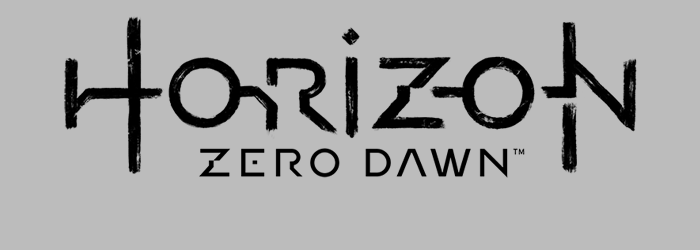More Info from Guerrilla Games
- Platform: PS4
- Genre: Open World Action/Adventure
I really felt like I need to hold off on posting this for a while. It’s not that the game was bad; realistically it’s already likely to be top 5 for the year. It’s not that I was necessarily unexcited to finish; I really felt compelled to keep going through the story missions. It’s just that the end of the game so entirely infuriated me that I didn’t think I could give this one a fair shot right in writing if I didn’t let things settle for a while. If there’s any crime that this game was actually guilty of, it was coming out the same week as Breath of the Wild, which at minimum provided a hugely good benchmark to compare it against. Luckily Zero Dawn didn’t stumble, even if their launch timing was pretty poor. So with that said, let’s get the good out of the way first, because there’s two main things I really want to rant about, but are ultimately unimportant to the quality of the game.
This game really nailed the future post-apocalypse setting in a way that a lot of games fail to do. It mixes a fantastically beautiful open world landscape with very obviously hi-tech robotic enemies to fight against to provide a great starting background for a people that are obviously not the ones in control of the technology. As the story unfolds, it becomes a fantastic telling of an AI clearly gone wrong, and how the world came to be in the state that it’s in. By mixing in obvious landmarks, scannable audio and holographic logs, and ruins of cities of the past, the world’s depth grows in a way that I’ve only rarely seen in games like the Metroid Prime series.
This world is backed by an open world gameplay style that definitely hits more than it misses. There’s definitely some typical trappings of open world games – towers that reveal the map, optional items scattered around to collect, hidden dungeons to explore – but it’s nothing that gets in the way, and the developers at Guerrilla definitely minimized their use to avoid some of the tiring grind that I would typically see of the genre. The real highlight though is the robots that you fight. These start as small as small as elk, big cats, or hyena type robots that can be stealth killed. From there things grow tremendously until you’re fighting gigantic crocs, T-Rexes, and huge eagles.
The larger monsters themselves greatly depend on the use of ranged weapons, and this is where a lot of the weapon upgrade path is focused. There’s things like your typical bow and arrow, providing decent damage on the run. There’s more focused heavy-damage bows that trade much slower reload for heavy damage or heavy part stripping capabilities. There’s slings that can throw various grenades with different elemental, sticky, or proximity attack characteristics. There’s even a set of crossbow-style weapons that let you lay rope traps in preparation for taking down an enemy. Despite all being ranged weapons, the tremendous breadth of capabilities means a normal fight may have you switching between three or four weapons on the fly, stunning an enemy, laying some traps while it’s down, then taking out pieces of its armor until it’s dead. There becomes a pretty strong rhythm to the normal fights that gets hit here that most open world games have never really gotten this right.
The unfortunate thing is that my overall enjoyment was clouded realistically by two things that should not have been a big deal.
The first problem I ran into was the lack of melee weapon progression. You gain your first melee weapon right at the start of the game, using it for close-in attacks, as well as single shot stealth kills. This becomes a tremendously fun way to get kills early on in the game, luring enemies into tall grass and killing them in one blow. However, beyond a handful of small skill point upgrades, there is no melee weapon upgrade until very nearly the end of the game. As the enemies you face become stronger, even smaller enemies can no longer be one shot, so I ultimately started avoiding packs of enemies because the risk vs. reward was no longer worth getting into multi-enemy fights.
The second main problem was the general design of the boss fights. Pretty much without exception all the boss fights were just kind of boring. The fights pretty much all followed the pattern of
- Cluttered circularish arena with too many things that block dodge rolls
- Giant enemy with predictable patterns
- No reason to move into melee range because the melee weapon sucks against bosses and ranged is much safer
Ultimately though, I would get through the boss fights because exploring the rest of the world around me was just so much damn fun, and it made it worth playing the game. At least it gives them some things to clean up for the sequel.


